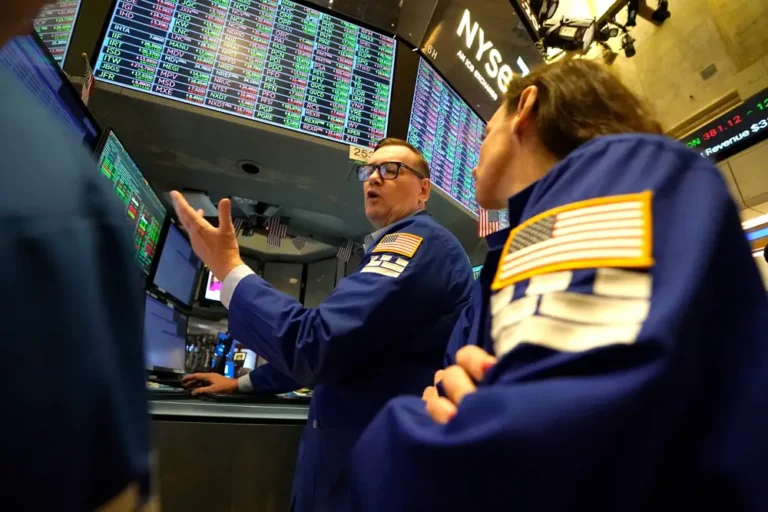Hope emerges that downtown San Jose economic rebound is underway

New study sees upswing in activity in San Jose’s urban heart
SAN JOSE, Calif. — Despite persistently high office vacancy rates, new research suggests downtown San Jose has experienced one of the nation’s strongest recoveries from coronavirus-caused economic maladies, providing hope that the city’s urban core can avoid a “doom-loop” scenario.
Researchers from the University of Toronto measured mobile phone activity in urban cores across North America to see how downtown districts fared post-pandemic.
According to the report, Downtown San Jose is now experiencing 96% of the visits to the city’s urban core that occurred in 2019, the final year before state and local government agencies imposed wide-ranging business shutdowns.
According to the University of Toronto academics, this is the third-highest activity level in the 66 downtown districts studied in North America, trailing only the 103% activity level in Las Vegas and the 97% mark in downtown El Paso, Texas.
“We are rising up and reaffirming our commitment to solving the problems that all big cities face,” San Jose Mayor Matt Mahan said in comments emailed to this news organization.
The new study does not specify what people are doing downtown, but the findings are consistent with what Alex Stettinski, CEO of the San Jose Downtown Association, is seeing.
“We are actually fully recovered when it comes to visitors from outside of the downtown, other parts of the Bay Area, or even outside the Bay Area,” he said. “Where we are not fully recovered is activity from people who are working in downtown San Jose.”
According to Stettinski, office worker levels are around 40% of what they were prior to the coronavirus outbreak in March 2020, the first month of the business lockdowns.
“Evenings, nightlife, weekends, we are absolutely rocking and rolling,” Stettinski told the crowd. “In some ways, we’re way ahead of the game.” But when it comes to returning to the office, we are falling behind. We’re not quite there yet. However, there has been a great deal of miscommunication and miscalculation about what is going on.”
The researchers surveyed eight California downtown districts, including downtown Oakland and downtown San Francisco. As measured by mobile device activity, downtown Oakland had 74% of its pre-COVID visits, while downtown San Francisco had only 67% of its pre-coronavirus visits.
Some experts warn that political and business leaders may have to scramble to avoid the type of “doom loop” scenario that appears to be hitting San Francisco.
A “doom-loop” is a cycle that began with business closures, which drove away office workers, who began working from home or other remote locations, leaving downtown San Francisco nearly empty, causing businesses to struggle and eventually close. San Francisco is becoming less appealing as shops, restaurants, and nightclubs close down.
Nonetheless, researchers point out that similar events have occurred in the past and downtown districts have survived.
“As we experience yet another rhetorical onslaught predicting the decline of cities and their downtowns, it is important to remember that cities have faced their fair share of crises before,” Brookings Institution researchers Tracey Hadden Loh and Hannah Love wrote in a March 2023 report titled “Breaking the Urban Doom Loop.”
According to the Brookings researchers, American downtown districts have survived a series of seemingly fatal calamities, including suburbanization, white flight, rising crime in urban centers during the 1990s, and New York City’s crisis in the aftermath of the 9/11 terrorist attacks.
“As the beating heart of our nation’s economy, downtowns have the unique potential and imperative to act boldly and inclusively to rebuild stronger than ever before,” the Brookings researchers wrote in the report’s conclusion.
For San Jose, Mahan is urging residents, business leaders, and local government officials to take a “back to basics” approach to addressing the South Bay city’s challenges with crime, homelessness, blight, and economic vibrancy.
“It is this commitment to keeping our neighbors safe, ending street homelessness, and cleaning up our city that has allowed us to bounce back faster than any other city in the state,” Mahan said in a statement.






